The fashion industry has seen older trends make comebacks every few decades. In 2024, the glorious styling of the 90s and 2000s is re-emerging in the form of the latest fashion trends among the Gen Z population. Crop tops and fitted tees. From dresses over jeans to bucket hats, stiletto heels, midriff-display, lip gloss tubes, oxidized chunky chokers, flashy neon streetwear and basically anything that Britney Spears or Paris Hilton wore is popping back up on the fashion timeline.
One millennial mom, who goes by the name @nicolestorydent on TikTok, posted several videos on her social media, depicting her hilarious reactions to the resurgence of vintage fashionwear. In a video she posted on her Instagram she showed herself browsing through Target and spotting some of the fashionwear that reminded her of 90s fashion. The video’s overlay caption read, “When you see the clothes you wore in middle school back in style.” The video zoomed in to display some colorful oldtimer butterfly hair clips, crop tops, denims, and more. “It’s too soon Target, it’s too soon,” she wrote.
@nicolestorydent, who usually posts sarcastic adulthood and millennial-mom content, posted another Tiktok video referring to the fashion appearing in the 1994 movie "The Santa Claus", the American Christmas comedy film directed by John Pasquin and written by Leo Benvenuti and Steve Rudnick, starring Tim Allen as Scott Calvin. She spoke about the character of Scott Calvin from the movie, and how his fashion sense was the best. “I’m thinking about 2023’s biggest fashion icons and inspirations. You know it’s not a celebrity. It’s not a model. It’s not a high-end fashion designer. It’s Scott Calvin.” She then showed some pics in which the models were donning white crop top with red athlete shorts, high socks and sneakers, “It’s sporty and still sexy. If Santa can rock the crop top, so can you,” she said. Then she showed some snaps of models wearing silk monochromatic red matching sets.
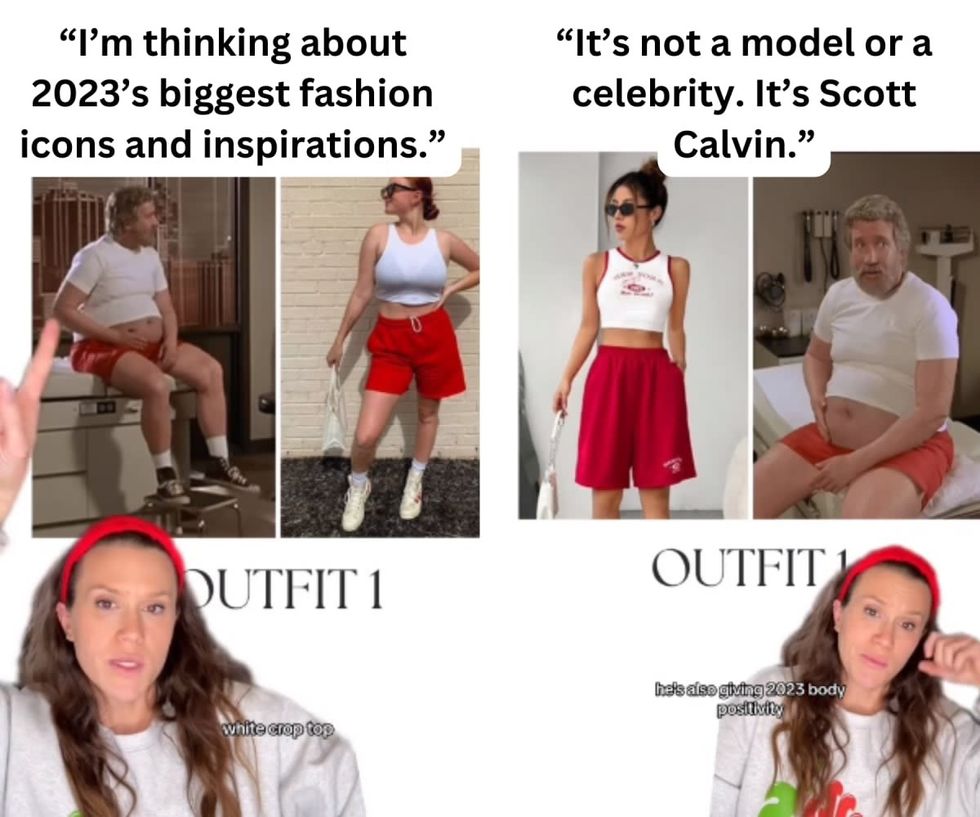
In another Tiktok video captioned as “When you see the clothes from your childhood back in style,” Nicole showed the wardrobe fashion of some of the 2000s pop stars, hinting that these trends are making a comeback.
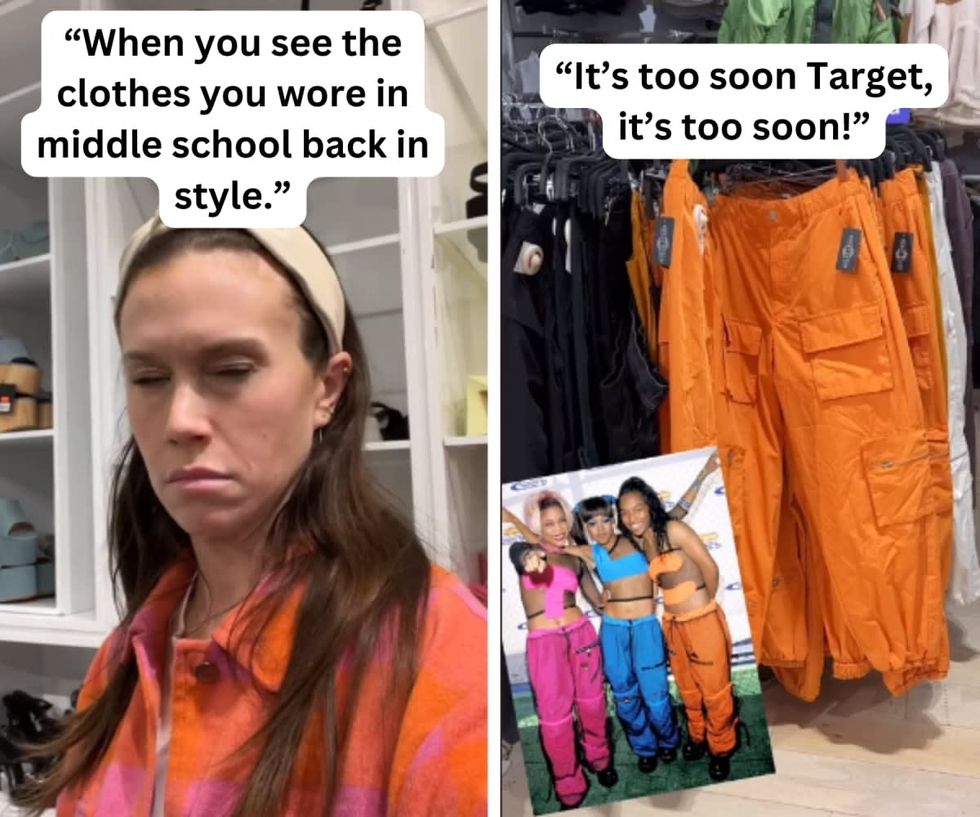
A woman commented that she wished the 2000s peplum-style tops would make a comeback.

Others said that they wished for flare jeans style to return, only without the low-rise feature.

Others discussed their fondness over the Y2K fashion. In general, Y2K implies Y for year, 2 for the number two and K for 1000. Put them together and it comes to the year 2000. Y2K is used to refer to the fashion trends of the early 2000s. Regarded amondst the glory days of fashion, the Y2K fashion is in resurgence nowadays, often termed as the “Y2k Aesthetic”.
Another of her TikTok videos that garnered nearly 16 million views and nearly 2 million likes depicted the caption, “When the clothes from your childhood are back in style.” The bottom caption read, “The clothes from your favorite childhood music videos and Disney channel.” A commenter spacefloaties jokingly said, “It’s because everyone who grew up with that are now the ones designing.” Jasmine wrote, “As someone who wasn’t allowed to dress that way, my inner child has been healing,” Talking about how the resurgence of 90s fashion promotes the healing of millennials’ inner child.
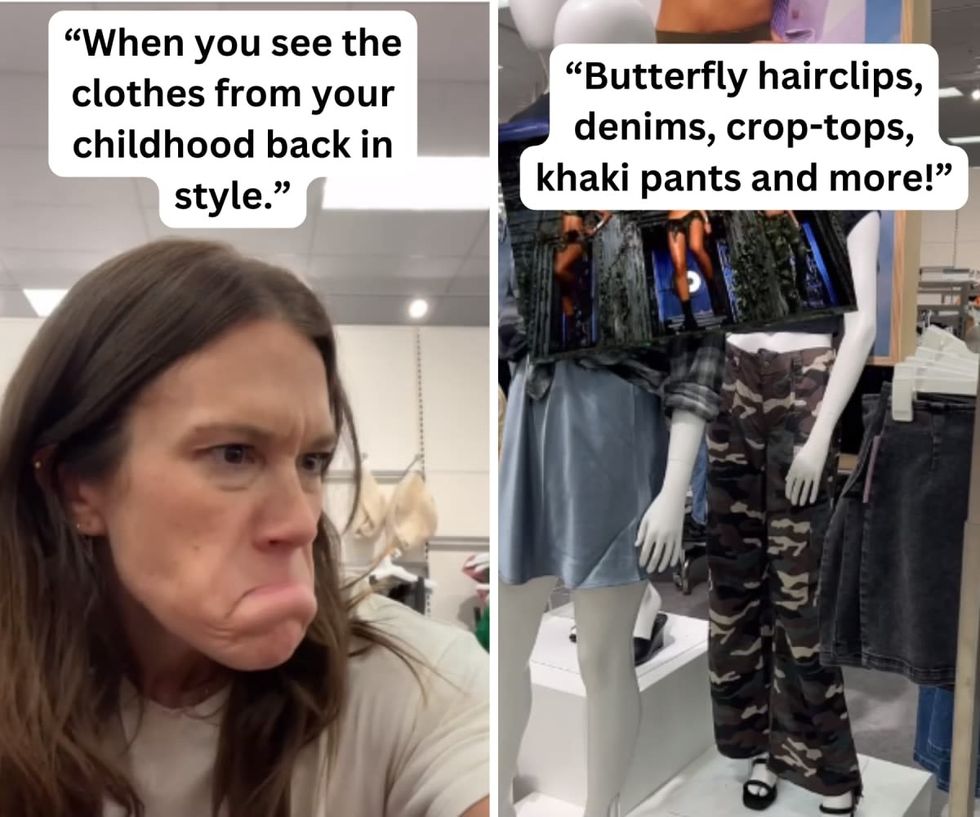
Fashion seems to have an on-off relationship with the clockwork of time. From low-rise jeans to tank tops and ruffles, all of these vintage trends are reemerging from the fashion horizon. A time of army pants, flip-flops, ruffles, bejeweled everything, juicy orange jumpsuits, sequinned belts and all things denim is rising in a flashback. For women, high heels are no longer everything, but also platform shoes, skinny scarves and open-toed sandals. Speaking about how period fashion trends are replaying, fashion historian Madeleine Seys says "It's created in a different way for a very different audience with different social messaging and cultural connotations, but there was something distinctly similar about that silhouette. More recently, the return of early 2000s looks are really, really noticeable for me amongst teenagers and those in their early 20s," according to ABC News.





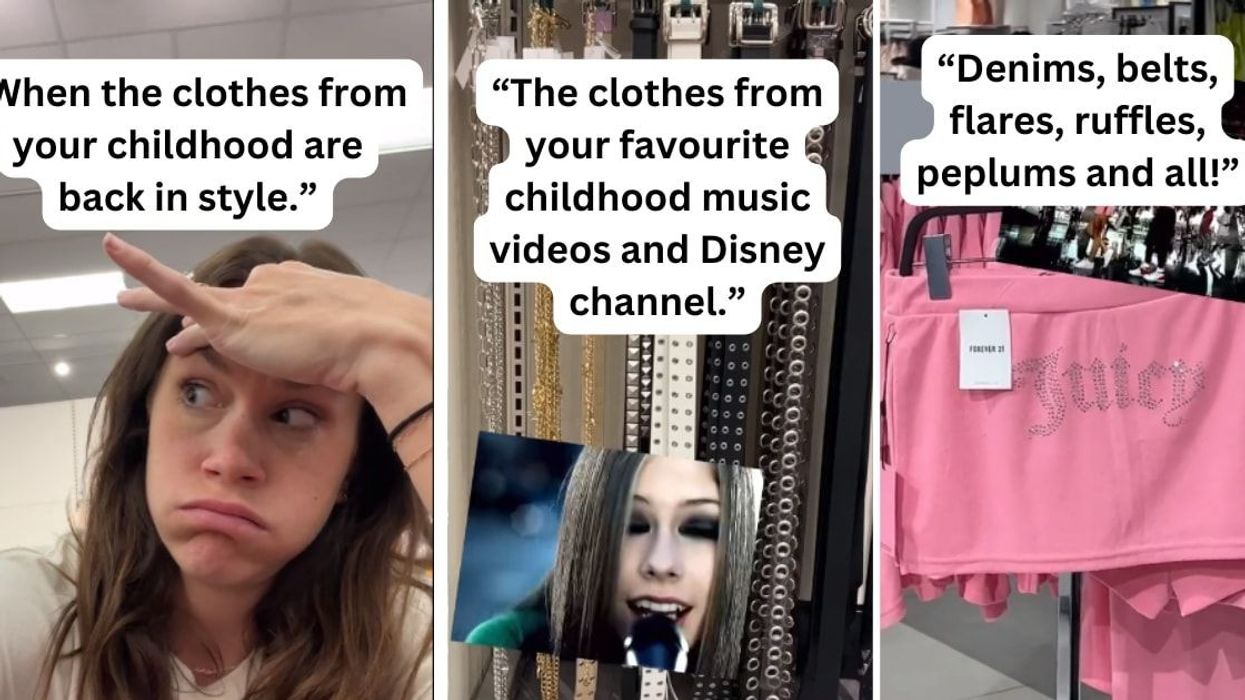





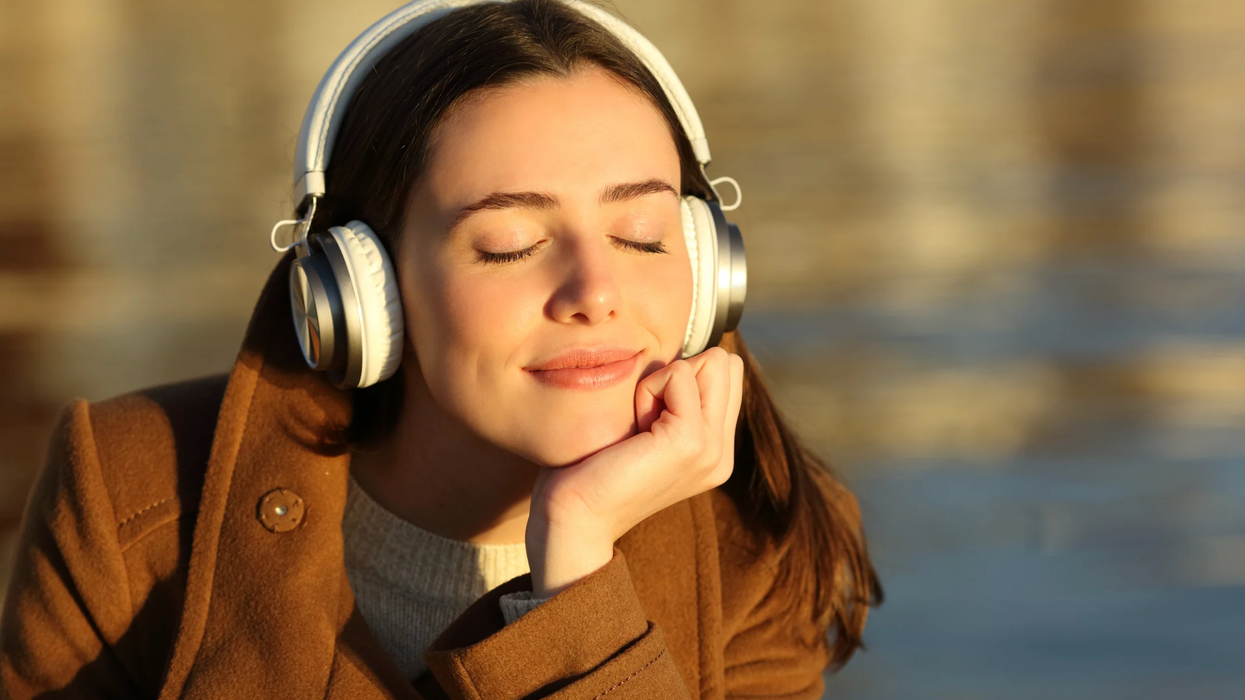
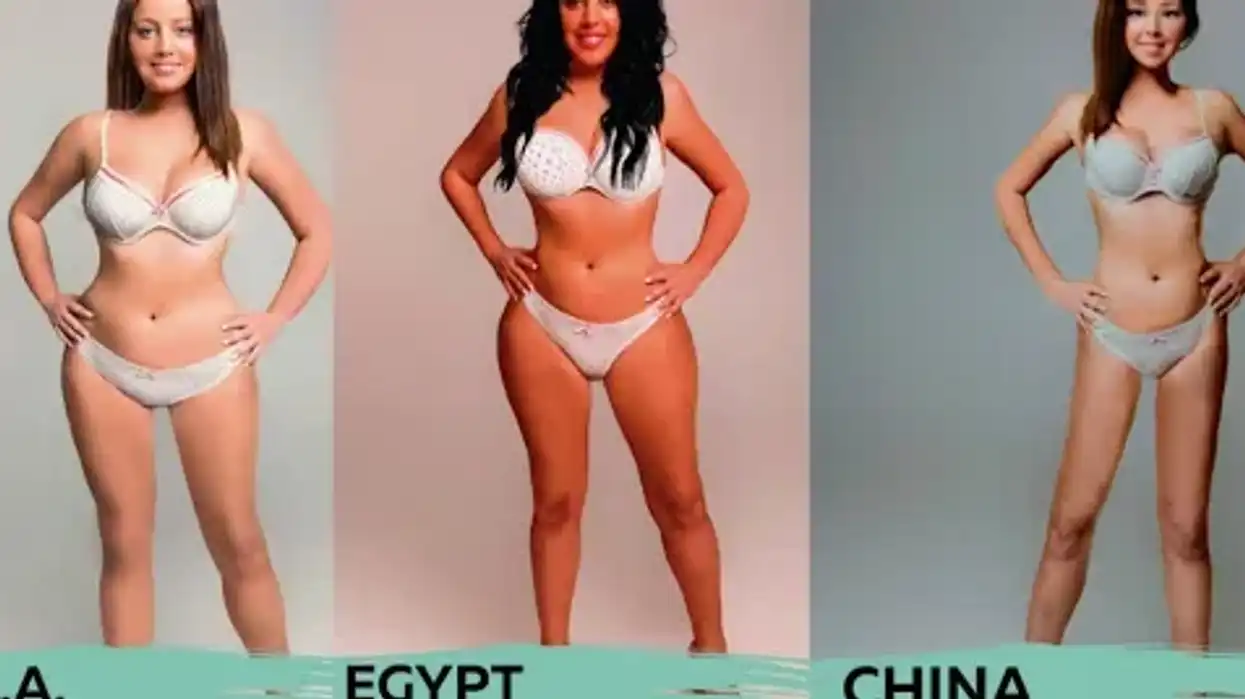

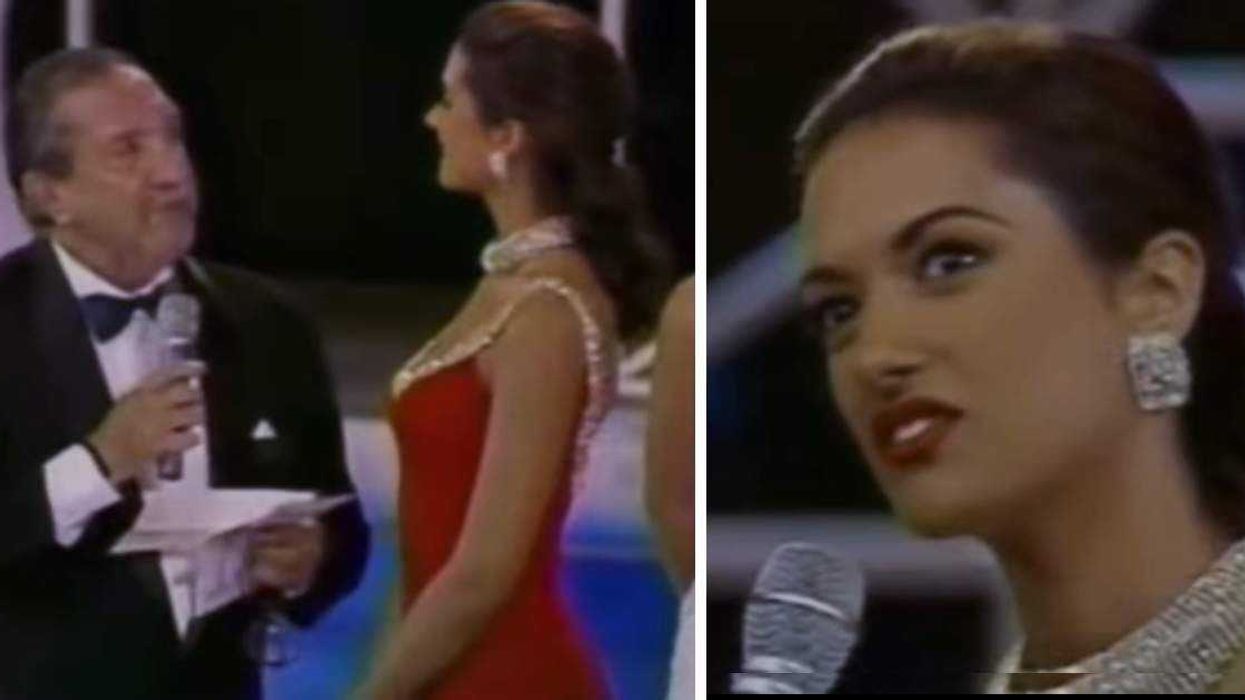
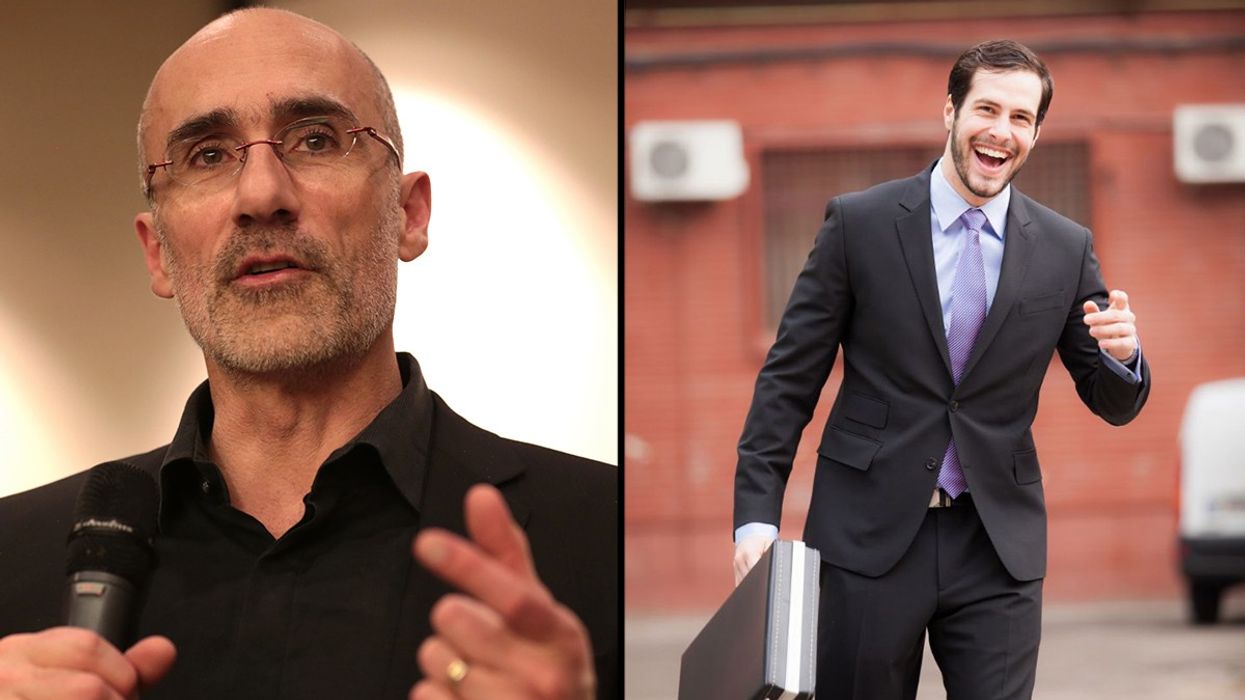

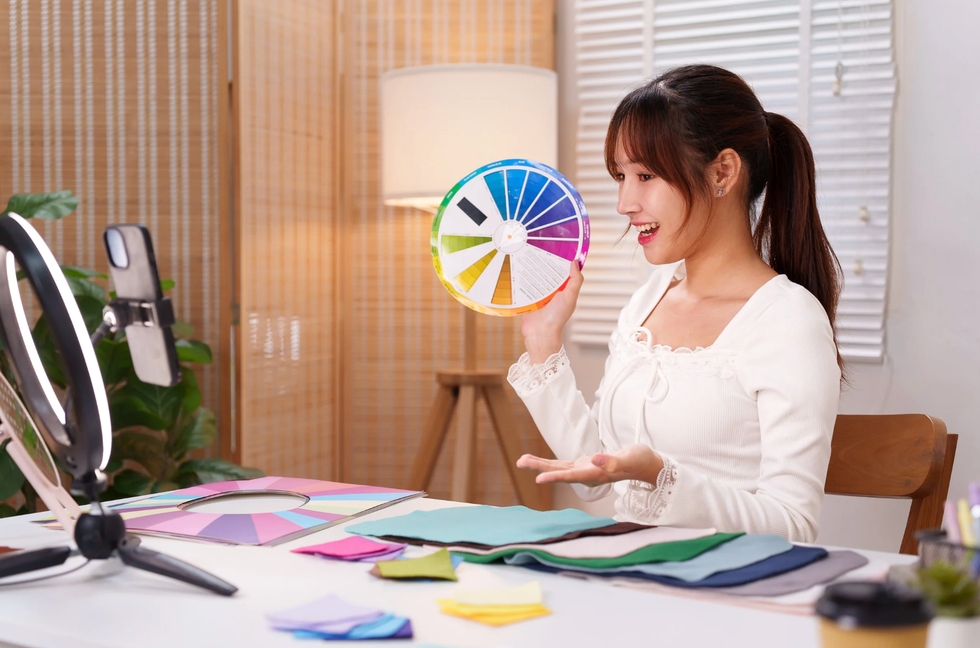 A woman conducts a online color testCanva
A woman conducts a online color testCanva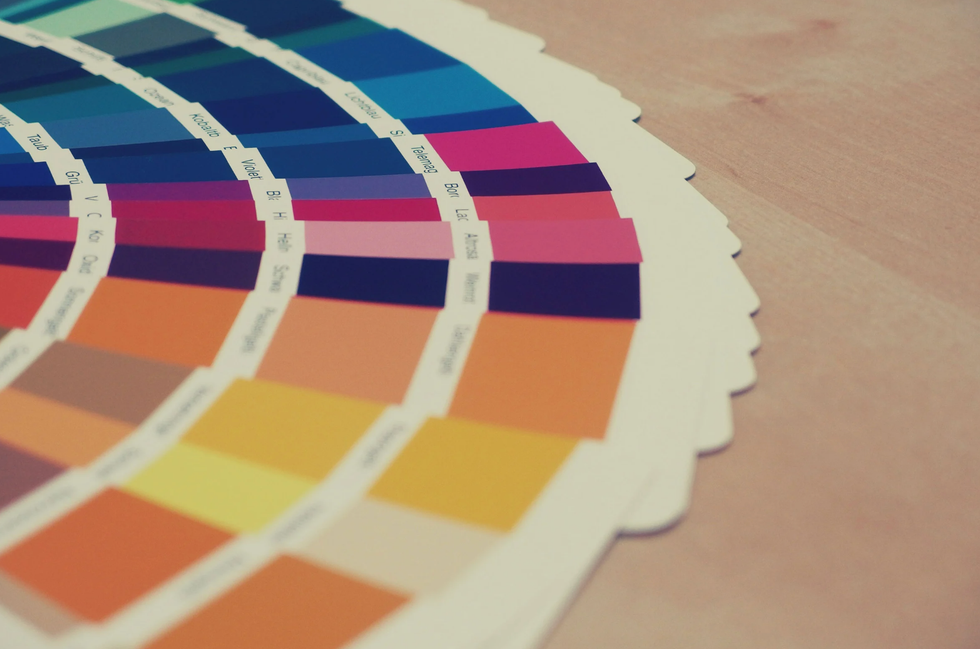 A selection of color swatchesCanva
A selection of color swatchesCanva A young boy takes a color examCanva
A young boy takes a color examCanva 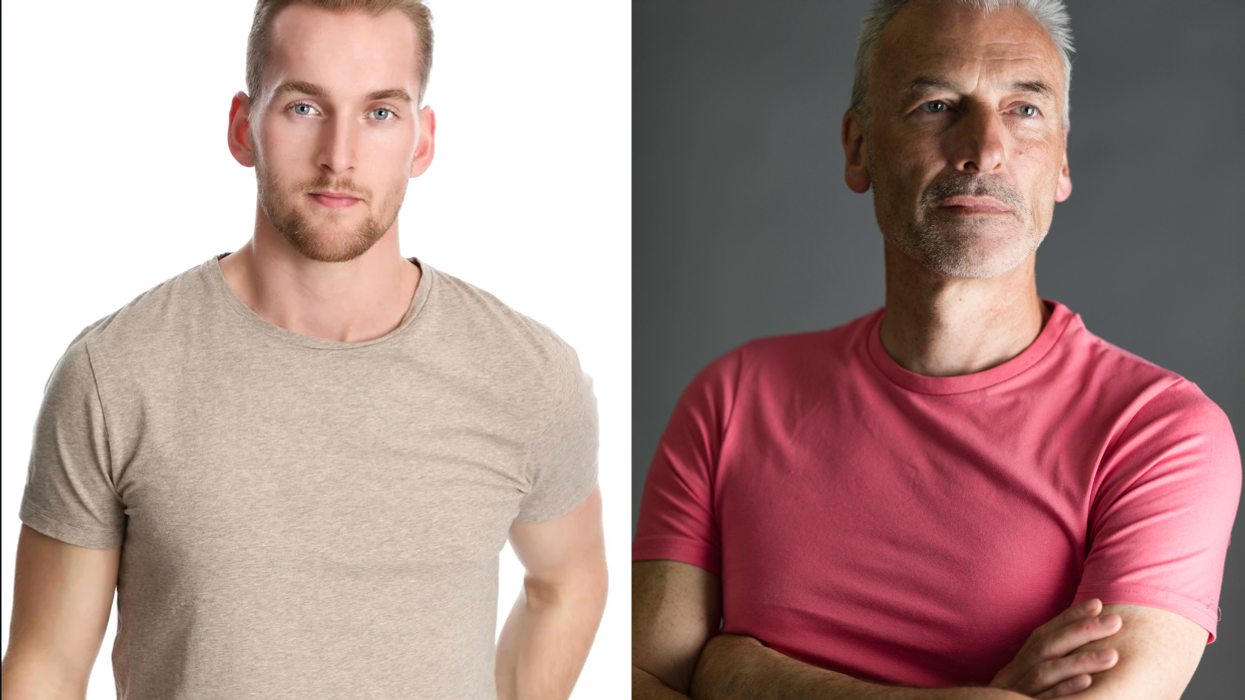
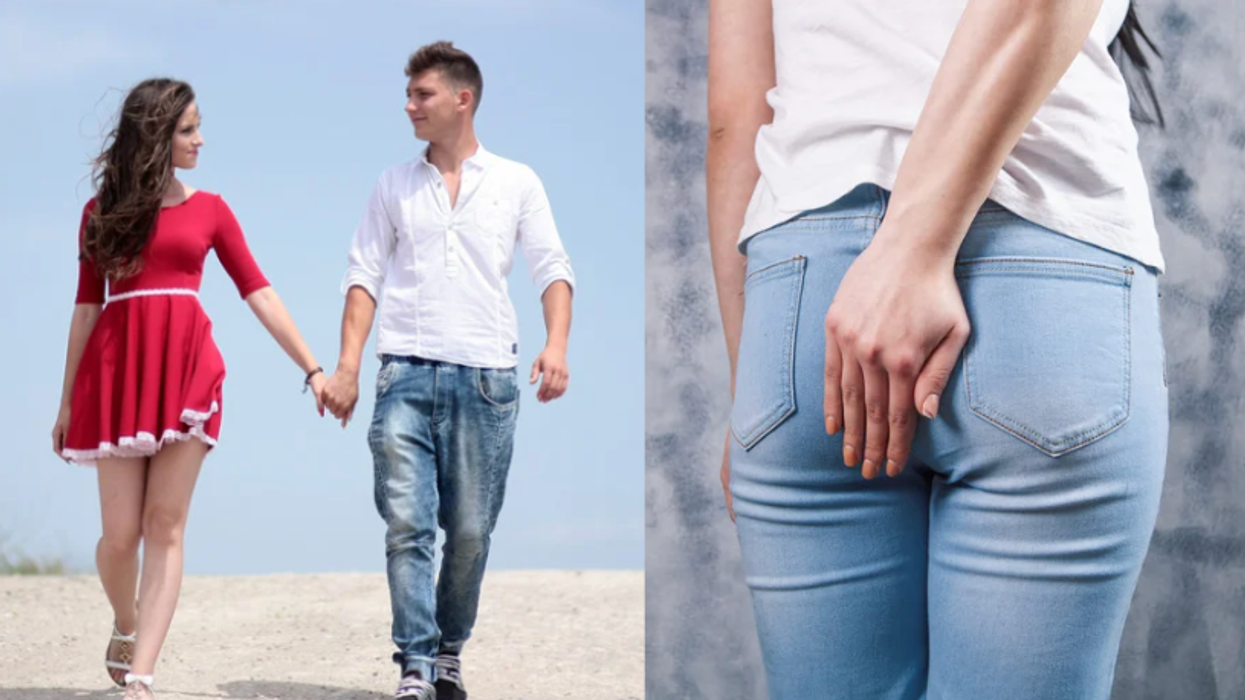
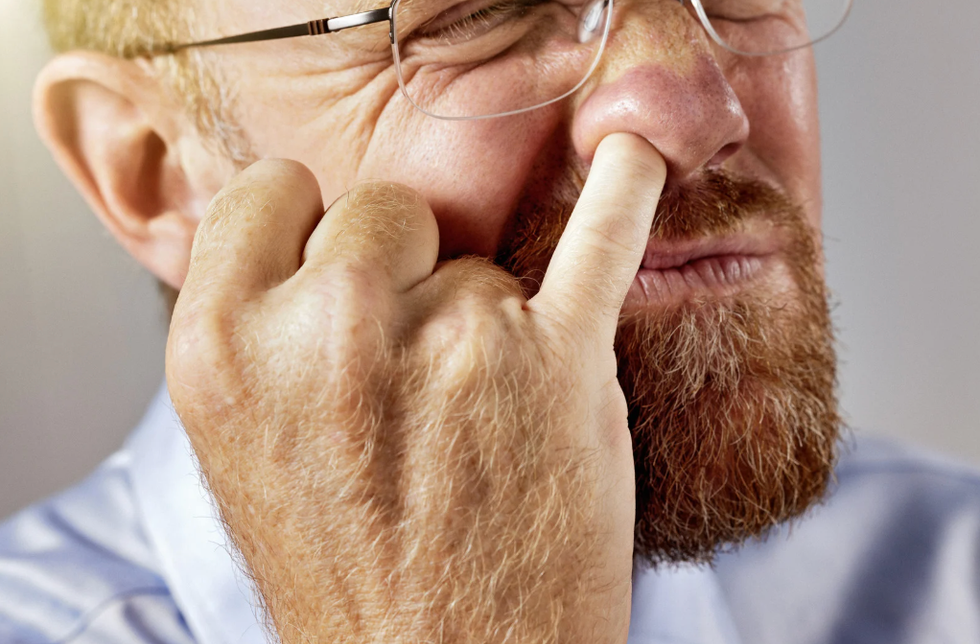 Pictured: A healthy practice?
Pictured: A healthy practice?


 Is solo sleep the best sleep?
Is solo sleep the best sleep?  Some poeple want their space, and some can't imagine being that seperate.
Some poeple want their space, and some can't imagine being that seperate. 
